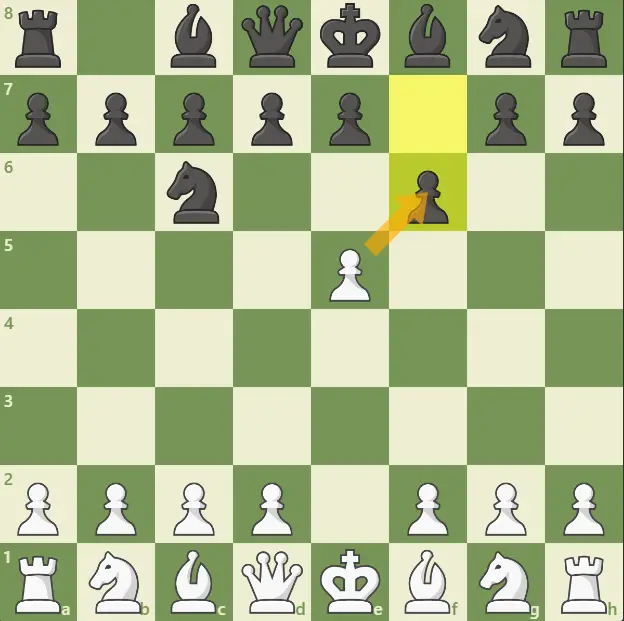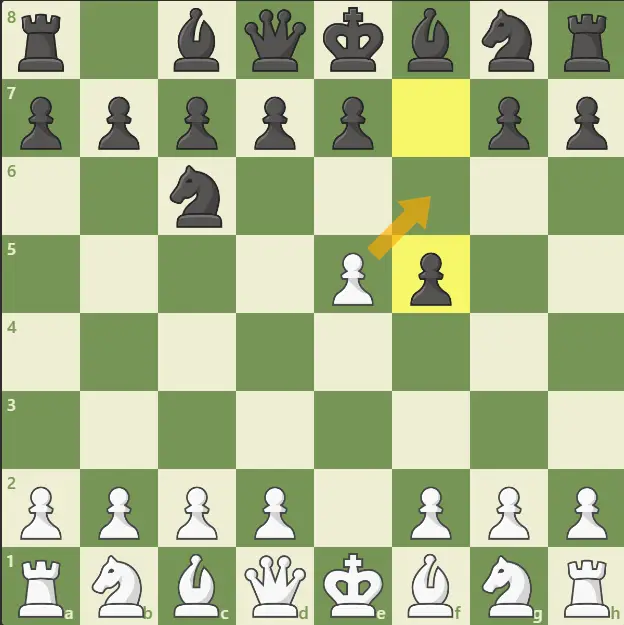Chess is one of the oldest games in the world. And centuries later, the game is still the same. After over 4-5 centuries, the Queen is still the strongest piece on the board, the Knights can jump over pieces, and you need to checkmate the King to win. But there are some rules that were made over the years that made the game the way we see it today.
While beginning to learn the game of Chess, one usually learns about the pieces, their movements, different openings, and other major aspects of the game. But there are a few aspects of the game and some special Chess rules that are just missed out on. This may be due to their complex nature or the fact that some of these rules won’t be implemented by players till they reach a higher level.
Here are a few special Chess rules that you may not know:
1.En Passant:
This is one of the rules that many players who have been playing the game for years still don’t know about. And when it happens in the game, they look at their opponent in a puzzled way, thinking they have made some mistake or they have played an illegal move. But the move is very much valid and legal.
So, what is En Passant?
En Passant is a French term that literally means, ‘In Passing’. It is a move where you capture a Pawn that is horizontally adjacent to the enemy Pawn that had just made a 2 square forward move. You treat the move the same way as if the opponent has moved the Pawn to one square.
So, in this case:
If Black pushes its F Pawn one square, it can be a capture like this:
But if Black pushes the same Pawn 2 squares instead of one and brings it horizontally adjacent to White’s F Pawn, it can still be treated as if it had moved one square and captured in the exact same way:
So any Pawn that is pushed 2 squares will be treated as if it is pushed 1 square if there is an opponent’s Pawn adjacent to it. But here’s the catch, En Passant capture is only allowed immediately after the opponent’s Pawn is moved 2 squares, and not after that.
2. Touch move rule:
This is a move that will definitely be unheard of by players who have only trained and played online Chess. This is an exclusive rule applied on Over the Board offline Chess games.
A touch move rule is when in a physical Chess game or a tournament, if a player touches his piece, he has to make a move with that piece only, provided a legal move with that piece exists.
For example, in a game, if a player intends to play the Queen, and he touches the piece and then realizes the move is bad, he still has to make some move with the Queen.
Sometimes, the players intend to only ‘Adjust’ the pieces, but in that case, you have to say ‘adjust’ first and then proceed to adjust the pieces.
3.50-move draw rule:
In a 50-move draw rule, players can claim a draw if none of the pieces is captured or any of the Pawns have been moved in the last 50 moves. Any of the players can make a claim draw any time after the 50 moves, or if they choose to continue with the game, they can.
One of the extensions of this rule is the 75-move draw rule. It is similar to the 50-move rule, where for 75 moves if there is no capture of Pawn move, the game is considered a draw. Here, the difference is that the Draw is mandatory and not after a claim by any player.
4.Draw by 3 fold repetition:
This is also one of the rules that are better followed in high-level Chess, where players record their moves and remember the positions. Draw by 3 fold repetition is when a player claims a draw when the same exact position is reached in the game 3 times.
By the same position, it means the pieces are in the same squares, the castling rights and en passant rights are the same, and no pieces are captured from the board. The position may or may not occur in succession.
With online Chess, the rule is better enforced and understood by beginner players as well.
5.Under Promotion:
Every beginner is taught the value of pieces and how strong a Pawn can be if it reaches the last rank. With Queen being the strongest piece, every player automatically chooses to make a new Queen when the Pawn is in the last rank. This is called Queening. Even in a Chess set, before beginning the game, the players are given an extra set of Queens that they can use in case of a promotion.
But that is not the only rule. Pawn reaching the last rank has the option to become any new piece and not just the Queen. If it chooses to be a Knight, Bishop or a Rook, it is called Under Promotion.
Based on the situation of the game, the players may choose the piece they want to have. Even though Queening is the most common form of Promotion, Knight is also a very popular choice of Under Promotion. The reason is that a Queen can move the way Bishop and Rook move, but not the way a Knight moves. So Under Promotion usually occurs to avoid stalemates and deliver checkmates.
6.Castling Rules:
Castling is one of the moves that is taught when you are learning openings and golden rules of Chess. It ensures the safety of the King and helps you develop a solid defence and a strategy that you can use against the opponent. But there are a lot of rules within Castling that not everyone is familiar with.
The basic rules are:
Castling can be done on both the sides between the King and the Rook when there are no pieces between them, and both the King and the Rook are untouched and unmoved before the Castle.
Castling can not be done when the King is in check, and you are using Castle to move away from check.
These are the two of the most basic rules of Castling. But here are a few more that decide your castling rights:
- Castling cannot happen if the resulting position brings the King in check. Like in the given position, if Black castles, the King will come in check from White’s Bishop, hence making a move illegal.
- Castling cannot happen if the King has to go through an empty square that is under a check. For example, in this case, White cannot long Castle because it has to go through D1, which is under check, hence making a move illegal.
These rules only apply to the King. The Rook, on the other hand, can be under check, can pass through a square that is in check, and can be in check after the Castle.
7.Stalemate:
One of the most popular methods of drawing the game is stalemate. Where checkmate is where the King is in check and can’t move anywhere else, and the attacking piece cannot be captured or interfered with, stalemate is slightly different from it. In a stalemate, the King is not under check, and the player has no other legal move left to play on the board. In this case, the match ends in Draw by stalemate.
For example, let’s consider this position:
In this position, if White moves the Queen to C1 or D1, it is a checkmate.
But if the Queen moves to C2, it is a stalemate as the King has nowhere else to go, it is not under check, and there is no other move left. Hence the game ends in a draw.
When you begin your Chess journey, make sure you cover all the basics and special moves to ensure there are no surprises coming your way when you are playing a game.
To ensure that, have a strong foundation and a mentor to help you guide and understand the concepts. When it comes to online Chess training for kids, Kaabil Kids is one of India’s finest coaching platforms. It helps students cover the basics and other important aspects of the game and provides multiple modules based on their expertise in the game.
The module is devised by Grandmaster Tejas Bakre and is taken care of by FIDE-rated trainers. To take a peek into their training methods, join their Free demo class and then take the right decision.









